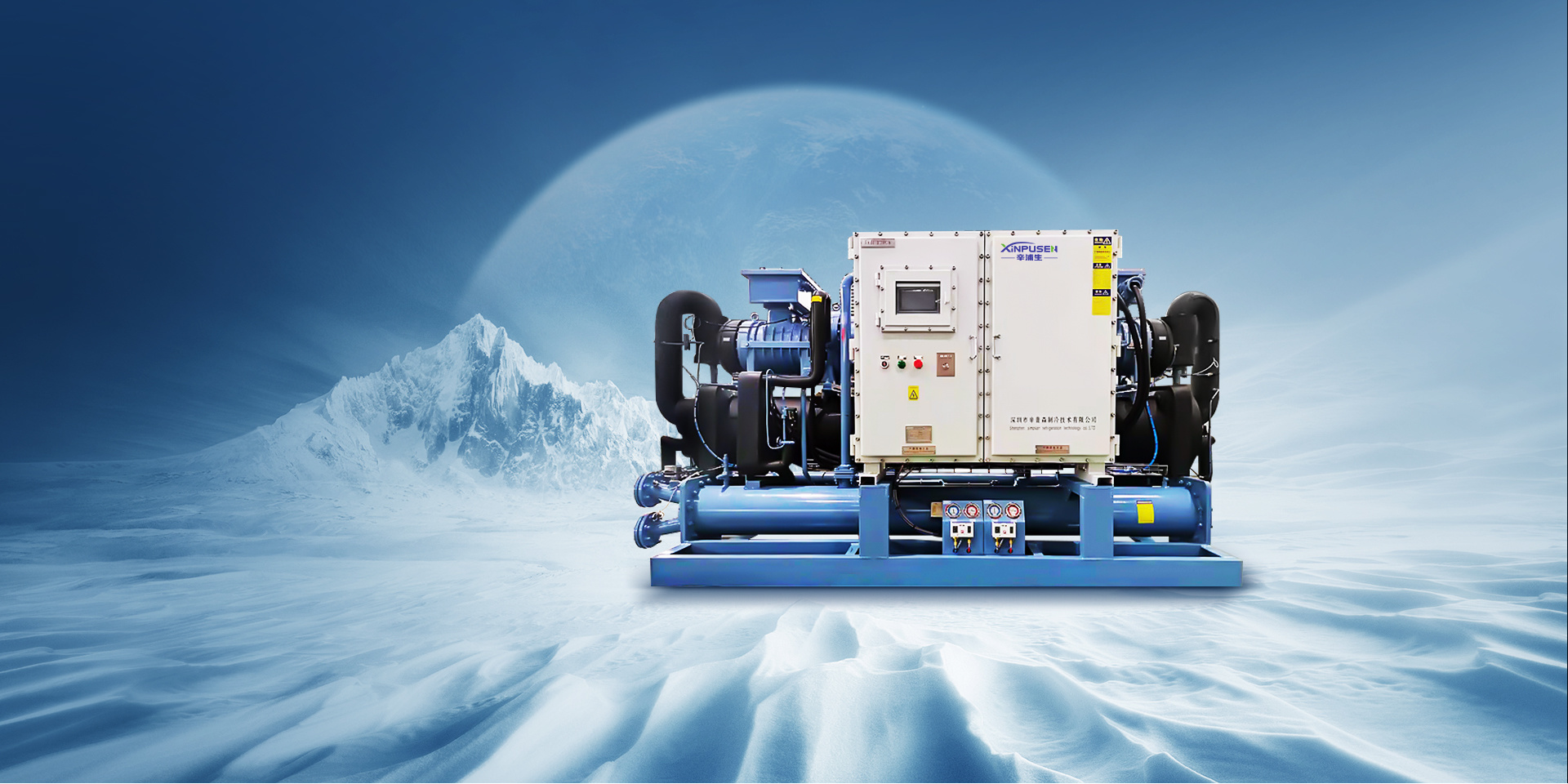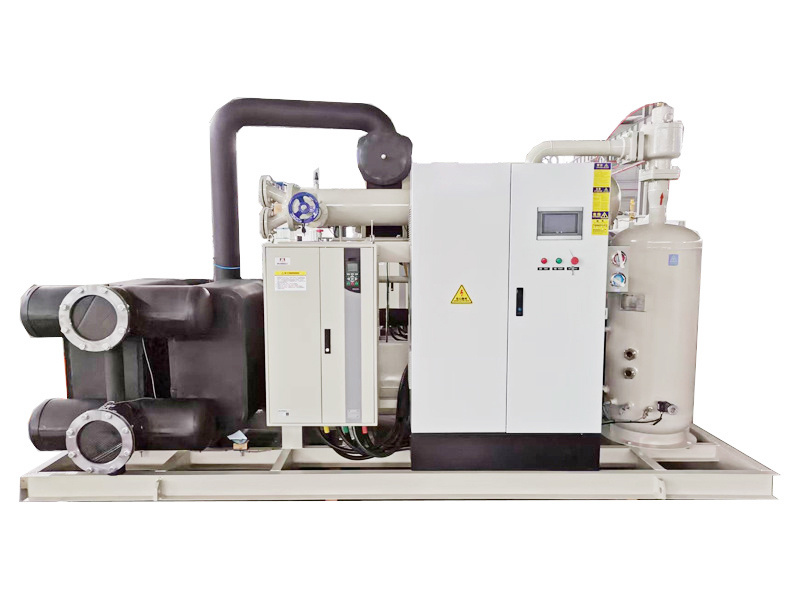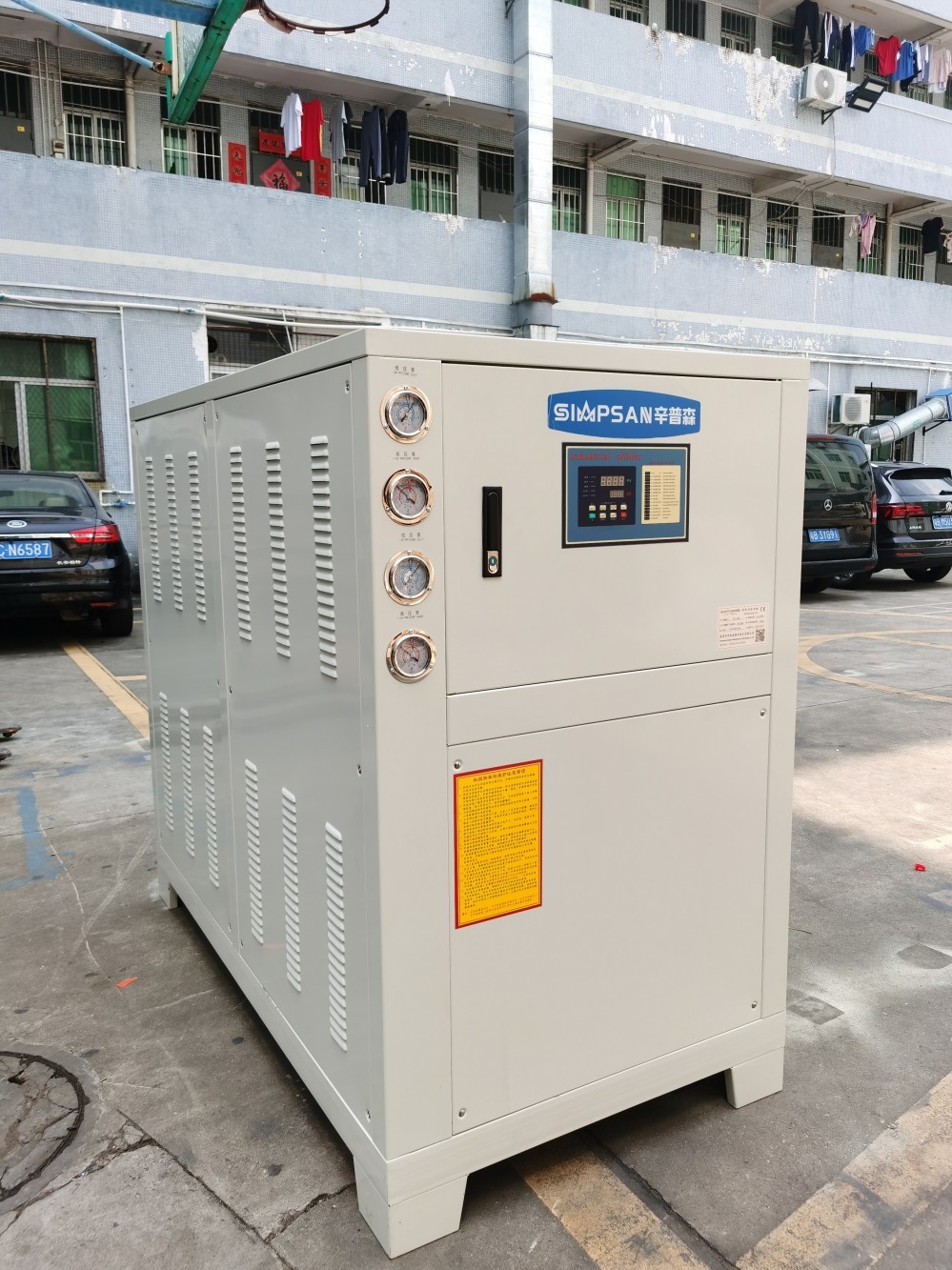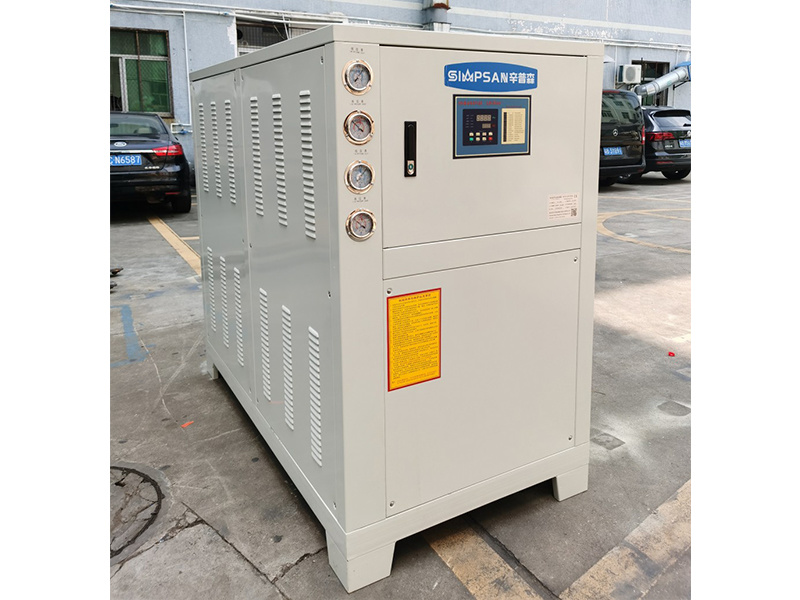Understanding Variable Frequency Centrifugal Chillers: Enhancing Efficiency in Industrial Cooling
2025-07-10 13:20
Variable frequency centrifugal chillers are vital components in industrial cooling systems, designed to provide efficient temperature control in a variety of applications. Unlike traditional chillers that operate at a fixed speed, these advanced systems can adjust their motor speed based on cooling demand. This adaptability helps in optimizing energy consumption, often leading to significant cost savings and reduced environmental impact.
At the heart of a variable frequency centrifugal chiller is the centrifugal pump, which circulates refrigerant through the system. The unique feature of variable frequency operation means that as the cooling load fluctuates—due to changes in ambient temperature or facility requirements—the chiller can modulate its compressor speed accordingly. This ensures that the system operates at peak efficiency, avoiding the energy wastage associated with running at full capacity when it's not necessary.
One of the primary benefits of variable frequency centrifugal chillers is their ability to enhance energy efficiency. By modulating the compressor speed, they can operate at lower power levels during times of reduced cooling demand. This not only results in lower electricity bills but also contributes to a decrease in greenhouse gas emissions, aligning with many companies' sustainability goals.
Moreover, the use of variable frequency drives (VFDs) in these chillers allows for smoother operation, reducing wear and tear on components. This leads to lower maintenance costs and extends the lifespan of the equipment. Additionally, many modern variable frequency centrifugal chillers come equipped with advanced control systems that provide real-time monitoring and diagnostics, making it easier to manage and optimize the cooling process.
In industries where precise temperature control is critical—such as pharmaceuticals, food processing, and data centers—the reliability and responsiveness of variable frequency centrifugal chillers become invaluable. Their ability to quickly adjust to changing conditions helps maintain optimal temperatures, ensuring product quality and operational efficiency.
In conclusion, variable frequency centrifugal chillers represent a significant advancement in cooling technology for industrial applications. Their capability to adjust to varying demands makes them a smart choice for businesses looking to enhance energy efficiency while maintaining reliable cooling performance. Understanding the mechanics and benefits of these chillers can empower industries to make informed decisions about their cooling systems, ultimately leading to improved operational success.
At the heart of a variable frequency centrifugal chiller is the centrifugal pump, which circulates refrigerant through the system. The unique feature of variable frequency operation means that as the cooling load fluctuates—due to changes in ambient temperature or facility requirements—the chiller can modulate its compressor speed accordingly. This ensures that the system operates at peak efficiency, avoiding the energy wastage associated with running at full capacity when it's not necessary.
One of the primary benefits of variable frequency centrifugal chillers is their ability to enhance energy efficiency. By modulating the compressor speed, they can operate at lower power levels during times of reduced cooling demand. This not only results in lower electricity bills but also contributes to a decrease in greenhouse gas emissions, aligning with many companies' sustainability goals.
Moreover, the use of variable frequency drives (VFDs) in these chillers allows for smoother operation, reducing wear and tear on components. This leads to lower maintenance costs and extends the lifespan of the equipment. Additionally, many modern variable frequency centrifugal chillers come equipped with advanced control systems that provide real-time monitoring and diagnostics, making it easier to manage and optimize the cooling process.
In industries where precise temperature control is critical—such as pharmaceuticals, food processing, and data centers—the reliability and responsiveness of variable frequency centrifugal chillers become invaluable. Their ability to quickly adjust to changing conditions helps maintain optimal temperatures, ensuring product quality and operational efficiency.
In conclusion, variable frequency centrifugal chillers represent a significant advancement in cooling technology for industrial applications. Their capability to adjust to varying demands makes them a smart choice for businesses looking to enhance energy efficiency while maintaining reliable cooling performance. Understanding the mechanics and benefits of these chillers can empower industries to make informed decisions about their cooling systems, ultimately leading to improved operational success.
Previous: Why Variable Frequency Centrifugal Chillers Are Essential for Modern Industry
More Information
2025-10-13
Understanding the Benefits of a Double-Stage Low Temperature Chiller: A Comprehensive Guide
Understanding the Benefits of a Double-Stage Low Temperature Chiller
Table of Contents
What is a Double-Stage Low Temperature Chiller?
How Does a Double-Stage Low Temperature Chiller Work?
Key Benefits of Double-Stage Low Temperature Chillers
1. Energy Efficiency
2. Enhanced Performance
3. Reduced Operational Costs
4. Better Env
2025-10-06
Understanding the Benefits and Functionality of Double-Stage Low Temperature Chillers
Double-stage low temperature chillers are sophisticated cooling systems that provide efficient temperature control across various industrial applications. These chillers are designed to cool fluids to significantly lower temperatures than typical single-stage systems, making them indispensable in processes that require precise thermal management. In this article, we will delve into the functionali
2025-09-29
The Impact of Air-Cooled Low Temp Freezer Units on Product Longevity
The Impact of Air-Cooled Low Temp Freezer Units on Product Longevity
Table of Contents
Introduction to Air-Cooled Low Temp Freezer Units
Understanding Product Longevity in Refrigeration
Key Benefits of Air-Cooled Low Temp Freezer Units
Applications of Air-Cooled Low Temp Freezer Units Across Industries
Technical Specifications and Performance Metrics
Maintenance Best Practices for Opt
2025-09-22
Air-cooled low temp freezer units are vital components in various industrial applications where efficient temperature control is necessary. These units are designed to maintain low temperatures, often below freezing, making them ideal for storing sensitive materials, such as pharmaceuticals, biological specimens, and perishable goods. In this article, we will delve into the operational principles,
2025-10-13
Understanding the Benefits of a Double-Stage Low Temperature Chiller: A Comprehensive Guide
Understanding the Benefits of a Double-Stage Low Temperature Chiller
Table of Contents
What is a Double-Stage Low Temperature Chiller?
How Does a Double-Stage Low Temperature Chiller Work?
Key Benefits of Double-Stage Low Temperature Chillers
1. Energy Efficiency
2. Enhanced Performance
3. Reduced Operational Costs
4. Better Env









 CN
CN EN
EN



